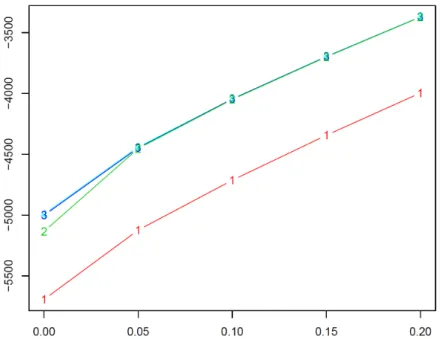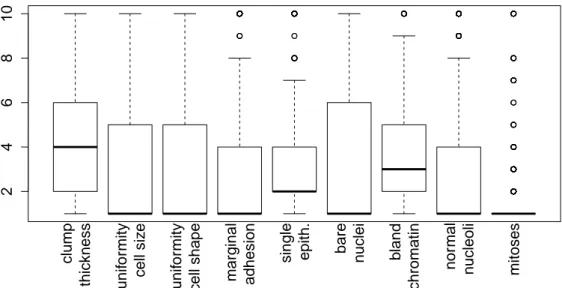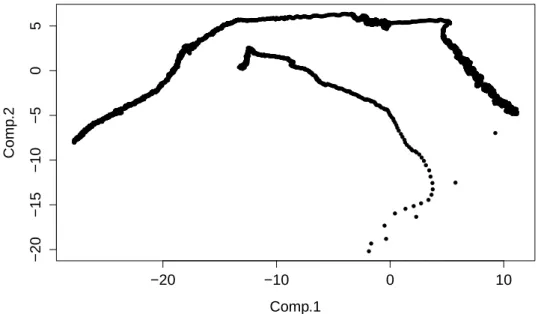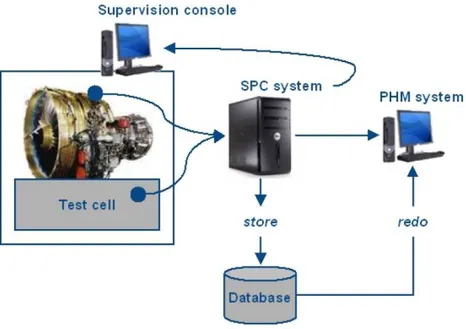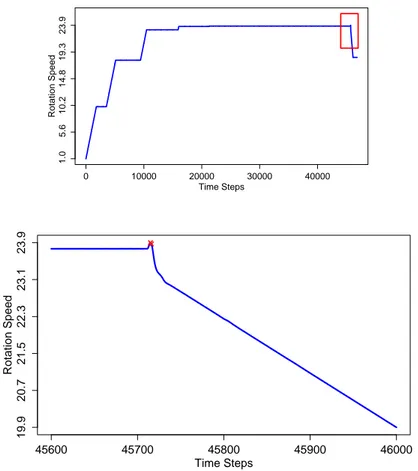Détection d'anomalies à la volée dans des flux de données de grande dimension
Texte intégral
Figure


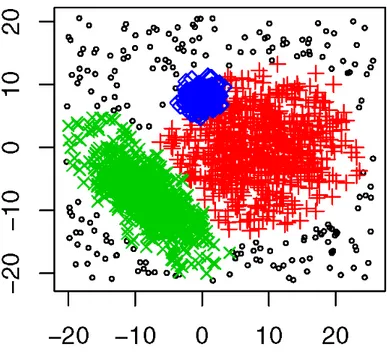

Documents relatifs
BOTL-C.II culled more aggressively, using diversity alongside performance, ensuring enough beneficial knowledge was retained to enhance the target learner’s performance,
[r]
However, these experiments suggest that an external change detection mechanism enhances the results of kernel density estimation anomaly detection when applied to such
All the experiments were performed on a 4-core processor with a 2.6 GHz frequency. The data sets used in the following experiments feature one value for each sensor every hour over
The offline stage analyses the distribution of µCs and creates the final clusters by a density based approach, that is, dense micro cluster that are close enough(connected) are said
Using prob- abilistic topological algorithms in a rst stage allow to summarize the initial data set into a smaller set of codebook vectors which can be clustered us- ing a
GFAP expression was quantified as a function of distance from the device tissue interface for implants for PEG hydrogel coated implants (E ≈ 10 kPa) and glass capillaries (E ≈ 70
Abstract.We consider the Mixture of Experts (MoE) modeling for clustering hetero- geneous regression data with possibly high-dimensional features and propose a
